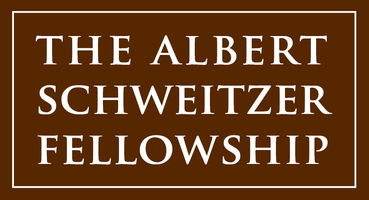NC Medical Society, August 15, 2018, by Niki Winters
The emergency department (ED) often provides a safety net for those who do not have access to other health care services. This includes people who are seeking care for dental issues. However, the ED is not equipped to deliver dental care, and treatment is usually temporary.1 In 2009, the Federal Agency for Healthcare Research and Quality reported that nationwide there was a 16 percent increase in ED visits for dental problems.2 In 2010, a study published in the Journal of the American Dental Association concluded that younger adults greatly rely on the ED for tooth pain—likely due to barriers to accessing dental care.1 This study stressed the importance of increasing access to dental care in order to help decrease ED use for dental symptoms. The ED is not equipped as a dentist’s office is. Thus, care there is typically less effective, and only serves as a bridge to more definitive evaluation and treatment. Patients are often seeking pain relief, and expect narcotic medications, adding to concerns about our ongoing opioid epidemic. What people really need is access to professional dental care.
As North Carolina Schweitzer Fellows this year and as students at East Carolina University, my partner Jiwon Lim and I decided to collaborate with various medical establishments in Greenville and ECU’s School of Dental Medicine. We believe an inter-professional approach, with medical and dental professionals, is our best chance of correctly managing dental pain and decreasing opioid use locally.
This summer, we collaborated with the staff at the Vidant Minor Emergency Department and the ECU School of Dental Medicine to develop a streamlined referral system. The goals were to create improved access to dental care for those who need prompt treatment, help medical professionals temporize the dental problems patients seek care for, and reduce the need for narcotic-containing pain medications.
We held a training session taught by dentists with EM physicians. The dentists presented some common pathologies and what constitutes a dental emergency. We developed a referral form that is sent from Vidant’s Minor ED to ECU School of Dental Medicine to get the patient seen within 48 hours at the Emergency Dental Clinic. When the patient gets to the dental school, a dental student does a full dental work up and hopefully can treat the problem that day or in the near future to prevent them from going back to the ED with dental pain.
Since our training with the physicians in June, the dental school has received over 20 referrals from Vidant’s Minor ED, a sign they were in need of the referral process.
We believe now is the time for medical and dental professionals to team up and address the issue of dental pain in the ED. There needs to be more collaboration and training between the professions to provide well-rounded care to our community. I encourage dentists to reach out to physicians to show them how to appropriately manage dental pain and where to send patients for more care. I encourage physicians to reach out to dentists to ask for help with these issues. I encourage campuses to host inter-professional meetings to allow for collaboration between the two professions and discuss topics that are relevant to both. Most importantly, I encourage educators to stress the importance of inter-professional care and to teach professionals the role of different professions and who to reach out to for help. We know that oral health and overall health are closely linked. Likewise, dentists and physicians should be close partners to ensure our community is getting the appropriate care from head to toe.
Niki Winters is a second year medical student at Brody School of Medicine in Greenville, NC. As the HIV coordinator at a homeless shelter, she has a passion for increasing access to health care and improving the health of her community. This past year, she accepted the North Carolina Schweitzer Fellowship to reaffirm her commitment to service and to develop further leadership skills. She hopes to encourage all types of medical professionals to collaborate in order to best serve the community. For fun, she enjoys going to the beach and playing with her dog.
